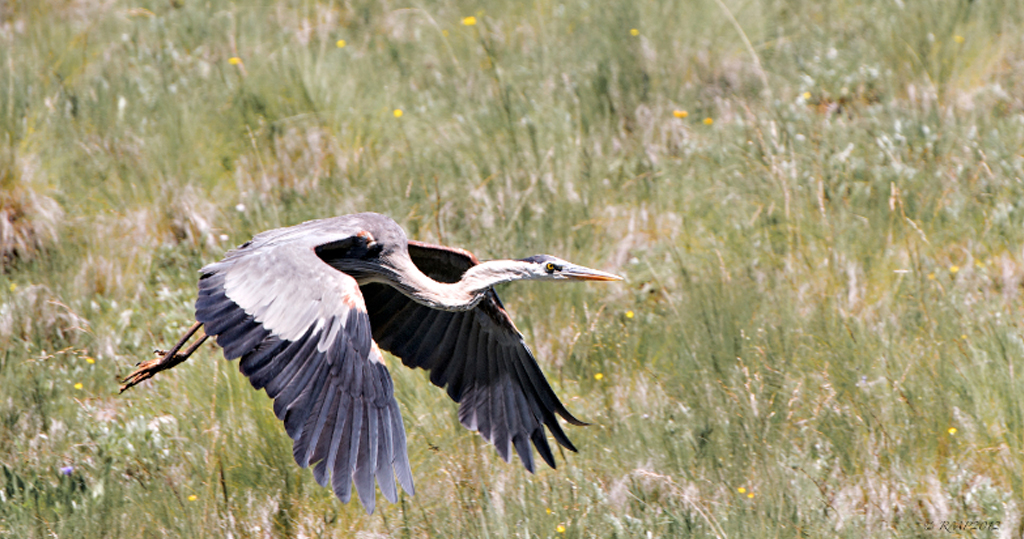The wide variety of birds found in the pristine Apache-Sitgreaves National Forests can provide you many memorable moments. Bird watching is a good way to enjoy your national forests. The knowledge and appreciation that can come from this activity will help you realize what a treasure these lands are.
Bird Watchers from all over the Country visit Greer and some have identified between 70-80 different species in a single day. See how many you can spot!
Click here to see Birds that are Permanent Residents of the White Mountains.
Checklist for Birds that are WInter Residents of the White Mountains. / Checklist for Birds that are Summer Residents of the White Mountains.
Checklist for Birds that can be seen occasionally (accidental) in the White Mountains. / Checklist for Birds that are Migratory and can be viewed during the Spring and Fall, in the White Mountains.
Have you ever noticed that when seasons change, the birds you see and hear change? Many kinds of birds follow the seasons, traveling north in the spring to next in the United States and Canada during warm weather. When temperatures begin to cool in the fall, these birds head back south to Mexico, Central and South America, or to the Caribbean, where they find food and warmth. This almost magical yearly movement from south to north, and back again, is migration. Because these birds live in the New World, and spend part of the year in the tropics, they are called neotropical migrants.Birds fly free across all borders. They fly where their ancestors have been flying for millions of years, long before people came into this continent and created countries with boundaries.
Often neotropical migrants follow “flyways” above wetlands or rivers that connect Mexico, the United States and Canada. These small birds can cover thousands of miles during their seasonal journeys and they need to rest along the way. During these stopovers they also need food to eat and water to drink.
We know many of these birds by their musical voices: think of the songs of warblers or orioles. Others we know by their brilliant colors, such as vermillion flycatchers, scarlet tanagers or flashing hummingbirds. Please respect the land and the wild things which depend on it.





